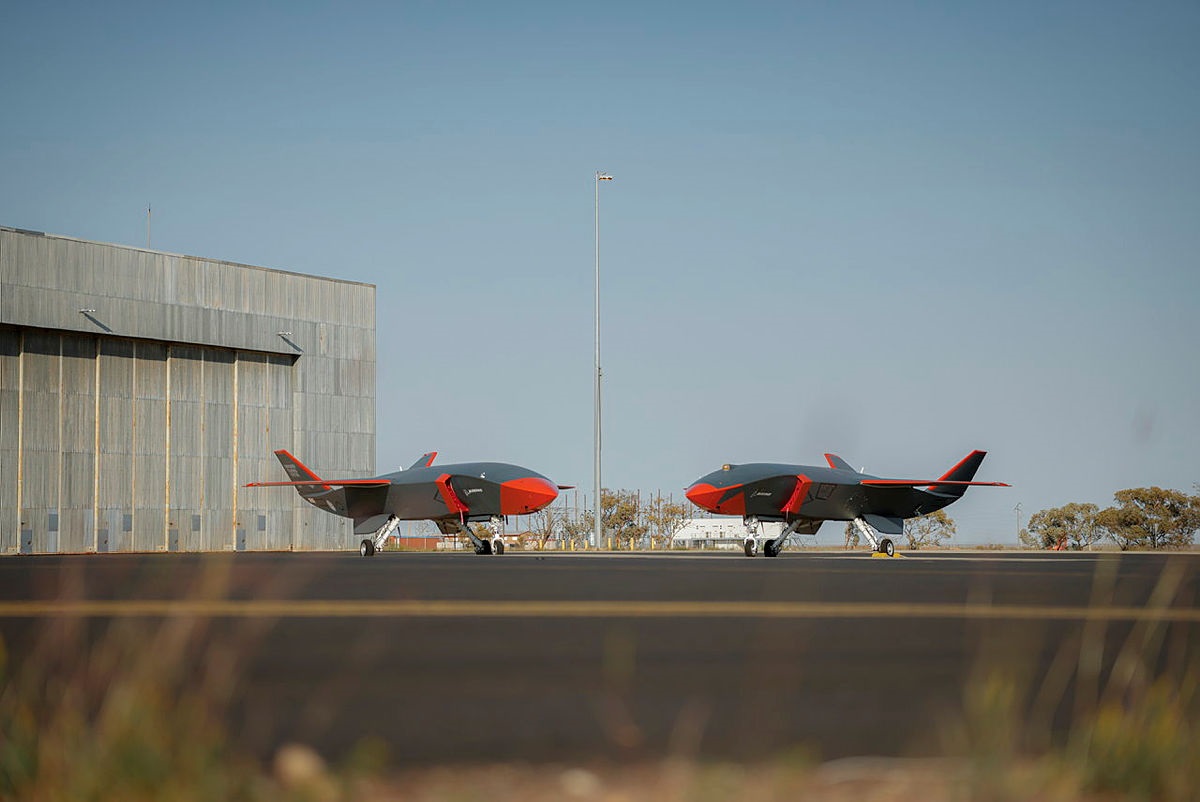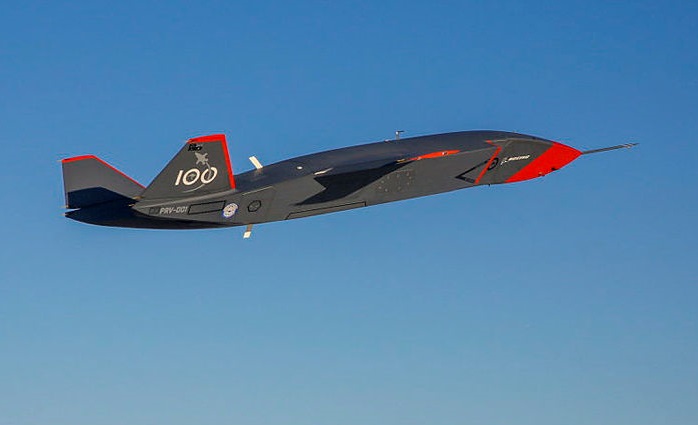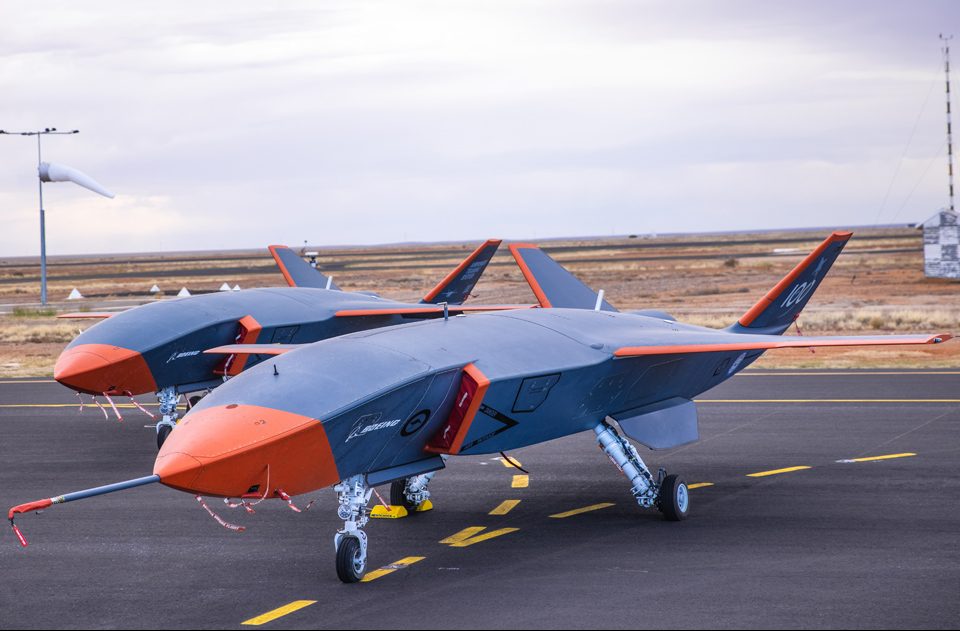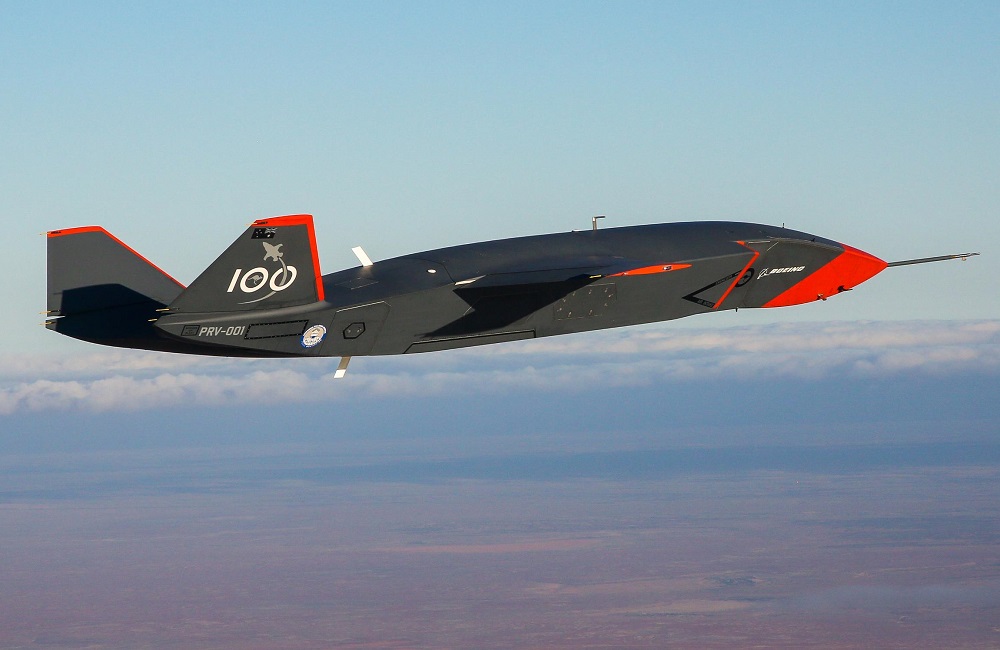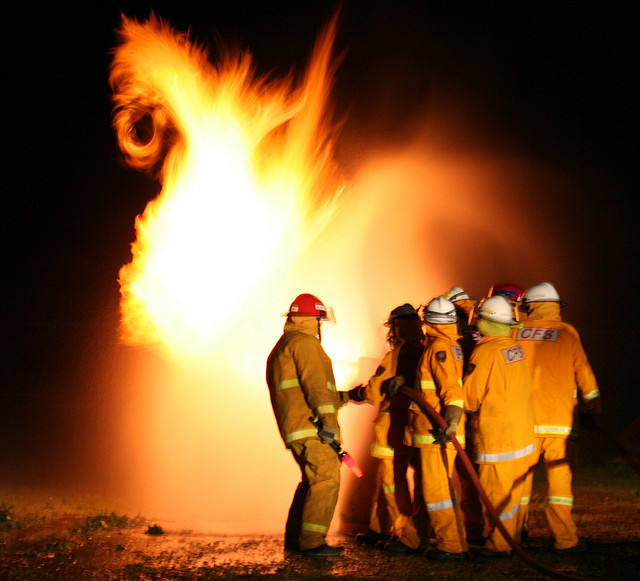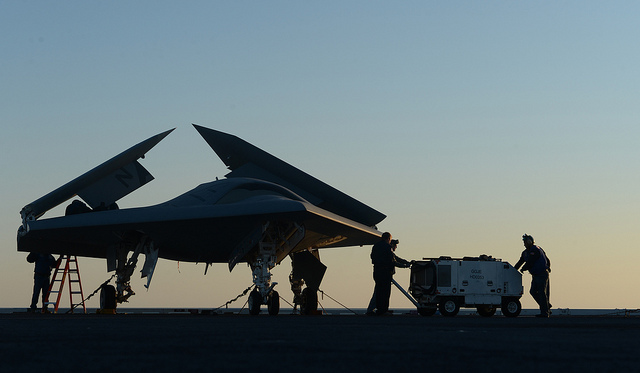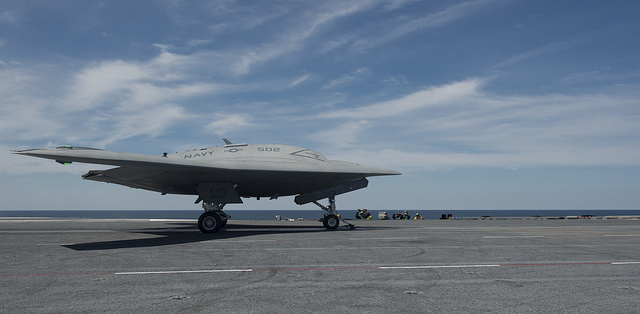Taiwan rushes to build up its nascent drone industry

The drone message from the war in Ukraine has not been lost on Taiwan. Uncrewed aircraft and vessels, especially small, cheap ones, can be built and used in far greater numbers than even a much more powerful enemy can cope with—just what Taiwan needs as it eyes China’s massive forces across the strait.
The island has begun working hard on exploiting this transformation in military technology. An emerging theme is cooperation with the United States, which is keen to reduce its reliance on China’s massive drone industry.
Taiwan is painfully aware of China’s edge in mass-producing drones, which can cheaply surveil a battle zone, collect targeting data or even dive into and damage weapon systems that cost far more than they do. The island produces few drones, but Taiwanese officials still hope it can develop a substantial drone industry.
Many Taiwanese companies are already talented makers of tech hardware, such as silicon chips. The government thinks these talents can be redirected so that local firms can make loads of uncrewed air and sea craft that will radically improve Taiwan’s capacity for defence.
If Taiwan had a drone industry, it could make such weapons and sensor-carriers very cheaply. Moreover, it would not have to cajole other countries into supplying them, whereas it always must when seeking to import complex military equipment. In 2022, the government drone program was expanded to include private companies. Some of those companies are in joint ventures with US firms. The island is also buying US loitering munitions, conceptually similar to attack drones.
In mid-2022, Taiwan unveiled a cutting-edge drone research facility combining government and private-sector technologists in the southwest island. Nearby, the government broke ground late last year on a planned industrial park for drones. Taiwan also has hopes of becoming a big player in drone supply chains for the US and its allies. In his inauguration speech in May, President Lai Ching-te pledged to make Taiwan ‘the Asian hub of unmanned aerial vehicle supply chains for global democracies.’
However, Taiwan’s drone manufacturing is plagued with the same problems as its high-tech sector. It tends to be strong in making hardware, but it’s very weak in design and system integration, says Su Tzu-yun of Taiwan’s government-backed Institute for National Defense and Security Research.
Richard Weir, the vice president of global strategy and government relations for IMSAR, a US maker of sophisticated radars, adds that Taiwanese drone makers tend not to clearly identify missions, weapons and sensors for the drones before they’re designed. They must decide in advance whether a drone should have strike capabilities or just be used for signals intelligence, he says.
‘We see a lot of good drones being designed in Taiwan but a lack of clarity of how that drone will be utilised beyond carrying a small camera,’ says Weir. His company is working with several Taiwanese companies to produce drones that will assist with maritime domain awareness.
‘We get the sense that Taiwan’s industry is looking for support in creative approaches in addressing threats,’ Weir adds.
The US under the Biden administration has wanted to reduce its reliance on Chinese-made drones and their components; this indicated there was room for cooperation with Taiwan. In September, the US International Trade Administration organised a visit to Taiwan for a delegation of representatives from two dozen US companies that make drones and anti-drone technologies. They dined with top Taiwanese security officials and were connected with Taiwanese companies looking for partners and customers.
Rupert Hammond-Chambers, the president of the Virginia-based US-Taiwan Business Council, notes that Taiwanese drone design and integration can be greatly enhanced through cooperation with foreign companies. In 2024 alone, his council brought to Taiwan almost 60 drone-industry companies, he says.
This trend of US and Taiwanese companies working together in the drone sphere and supported by the US government will probably continue under the Trump administration, he adds.
‘I don’t see the incoming Trump administration as disruptive to this effort,’ Hammond-Chambers says.
‘Quite the contrary. I believe that a continued focus on supporting co-development of domestic platforms and systems will be a major focus of the incoming US government,’ he says.
He notes that developing Taiwan’s domestic drone industry improves Taiwan’s deterrence capabilities and supports a main Trump priority of creating China-free supply chains. Cutting-edge US drone technologies are unlikely to be integrated into Taiwan’s domestic drone sector and related supply chains, he adds. This means there’s not much chance of US technological secrets getting leaked to China.
‘Most of the support will be mature technologies that are proven and allow Taiwan to stand up new capabilities as quickly as possible,’ Hammond-Chambers concludes.

